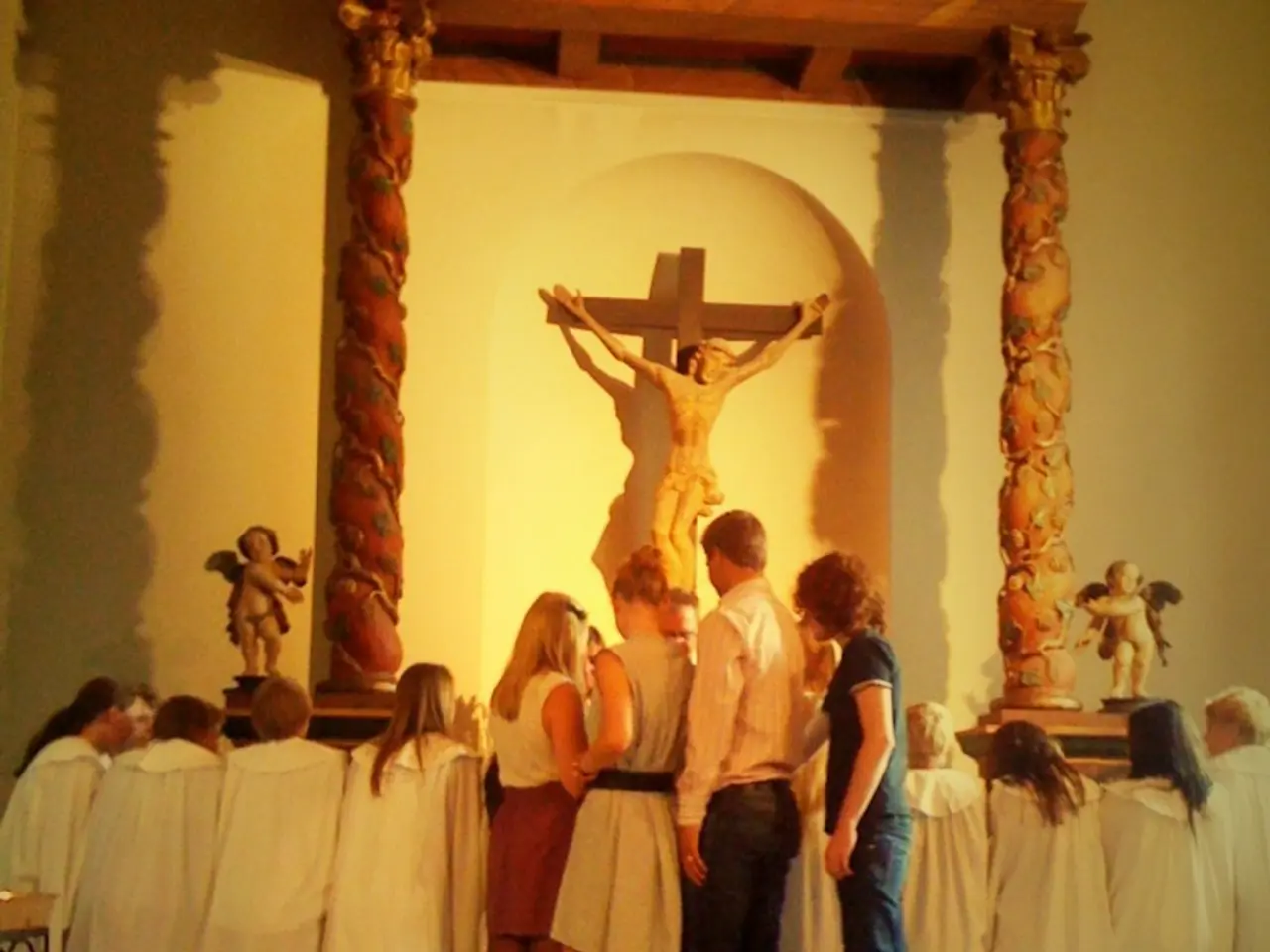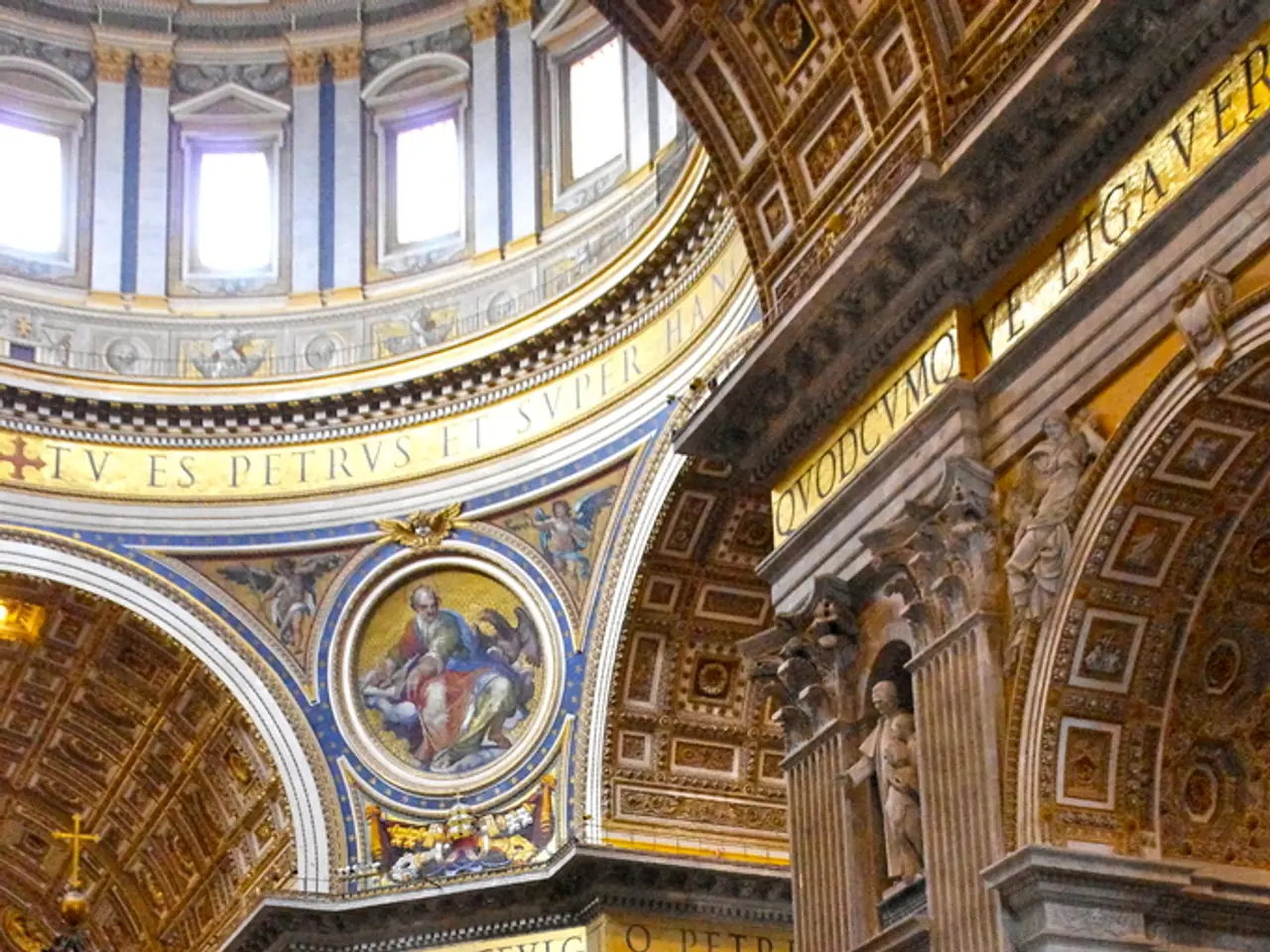Sixteenth Century Literary Masterpiece: Cosmographia from Munster, the top-selling Latvian book for half a millennium
In the heart of the Renaissance, Sebastian Münster's groundbreaking book, "Cosmographia," was first published in 1544. This comprehensive geographical and cosmographical work became one of the most influential books of the 16th century in Europe, shaping European knowledge about the world during this transformative era.
Pioneering Compilation and Accessibility
Münster's work was among the earliest to offer an encyclopedic view of world geography in a largely accessible format. Blending cartography, natural history, and cultural details into one volume, the "Cosmographia" was widely read and reprinted in more than 40 improved editions over the 16th century.
Influence on Cartography
The book included numerous maps, serving as a major source of geographic information that inspired later famous cartographers, such as Abraham Ortelius and Gerardus Mercator. Münster’s integration of illustration and text helped popularize geographic knowledge and make it more visually engaging.
Cultural and Scientific Impact
Besides maps, the "Cosmographia" contained images of mythical creatures and detailed descriptions of peoples and lands, reflecting the Renaissance's curiosity about the world and fostering an expanding European worldview. This blending of fact and folklore was typical of the period but also indicative of the transition towards more empirical geography.
Legacy in European Knowledge and Exploration
The wide dissemination of the "Cosmographia" contributed to the shaping of European perceptions of the world, supporting explorers, scholars, and mapmakers in the era of expanding global exploration and colonial expansion. Its success demonstrated a growing demand for comprehensive geographic knowledge aligned with Renaissance humanism.
With each reprint, the "Cosmographia" was expanded and improved, resulting in a total of 27 editions in German and eight editions in Latin. Initially published in 1544, it was reprinted every second or third year until 1628. The book was also translated into French, Italian, English, and Czech languages.
Münster, a polymath specializing in humanities, theology, geography, history, linguistics, astronomy, and cartography, created the first map of the New World, or North and South America, which was included in the "Cosmographia." His works were designed to appeal to both casual readers and scholars.
Many of Münster's descriptions have been used as models and have even been mythologized over time. The "Cosmographia" also included regions inhabited by giants, cannibals, etc., based on reports by Christopher Columbus, Amerigo Vespucci, and other sources. However, it should be noted that the "Cosmographia" contains both reliable descriptions of cities and landscapes and fantastical depictions of unknown countries and mythical creatures.
The "Cosmographia" is the magnum opus of Münster, who was a professor at the University of Basel. It provided information on anthropology and was open-minded in its descriptions of various cultures. The book was published in Basel by Heinrich Petri, Münster's stepson.
Münster's life story is characteristic of the Reformation era, having initially received a Catholic education and later converting to Protestantism. The 1598 revised edition of the "Cosmographia" included noteworthy events and was embellished with new maps. The "Cosmographia" also featured a panoramic view of Riga and the Lord's Prayer, recorded in Latvian by Hans Johann Hasentöter.
In summary, Sebastian Münster’s "Cosmographia" was a landmark 16th-century global compendium that significantly impacted European cartography, cultural understanding, and scientific knowledge, influencing key figures in mapmaking and encouraging a broader European engagement with the wider world.
Media Expansion Across the Continent
The "Cosmographia" was translated into multiple European languages, reaching readers in France, Italy, England, and Czech, thereby broadening its impact and expanding the boundaries of knowledge across Europe.
Lsm and Entertainment in Libraries
Münster's magnum opus, "Cosmographia," was a popular book that combined geographical, historical, and mythological information, making it a valuable addition to libraries, serving as both an educational resource and a source of entertainment.







